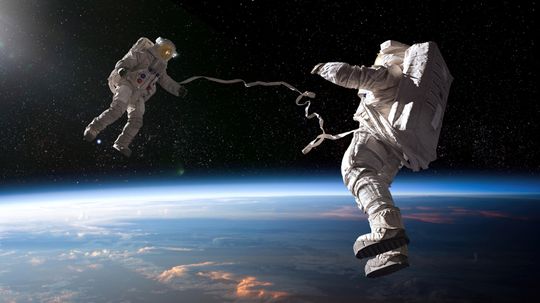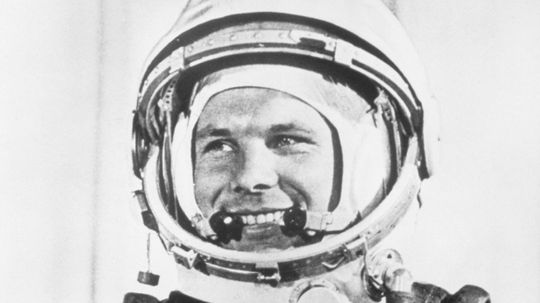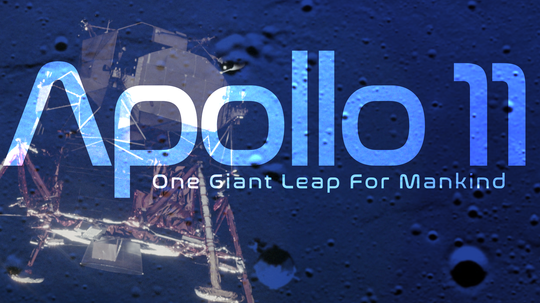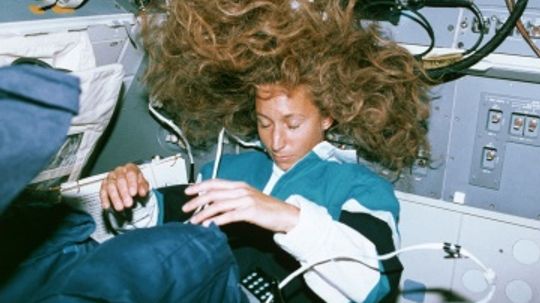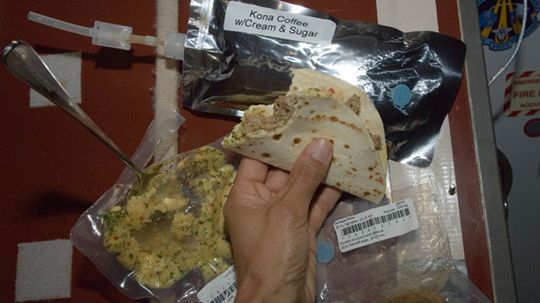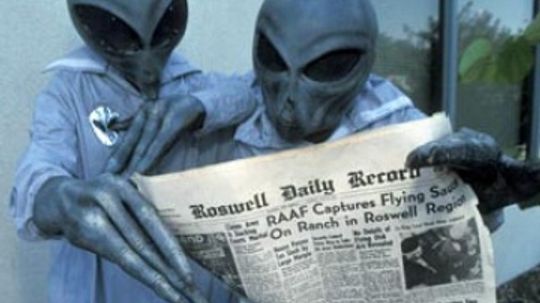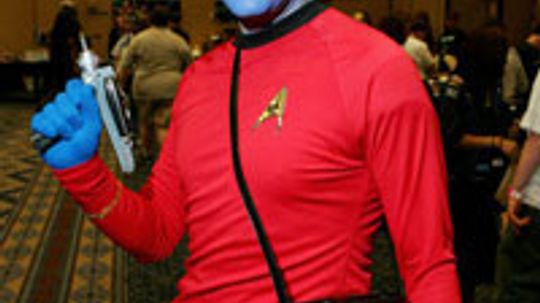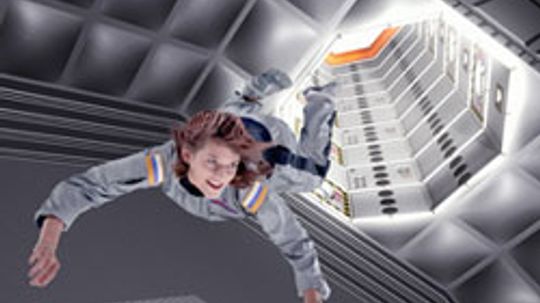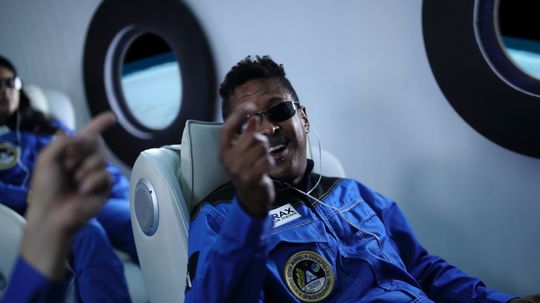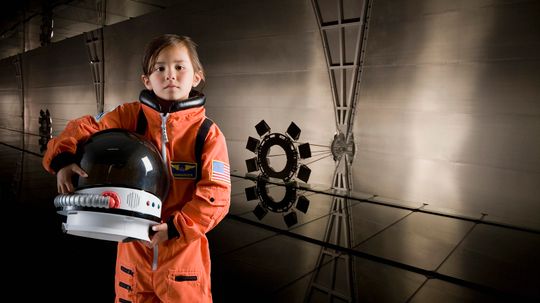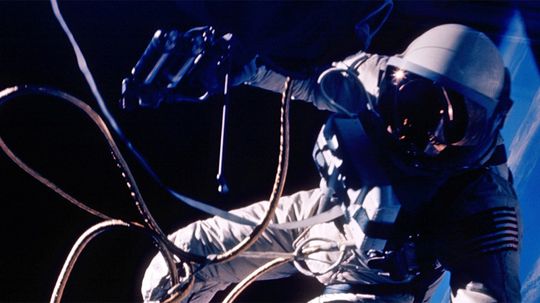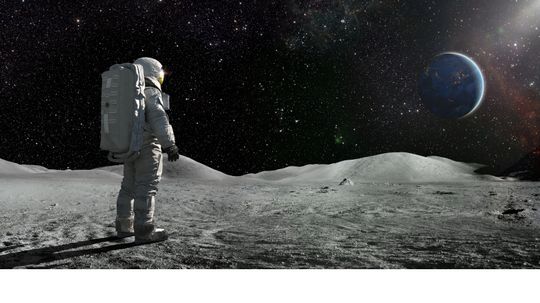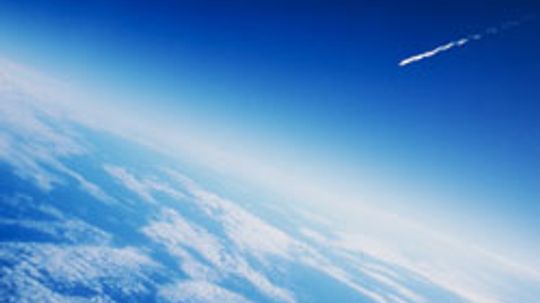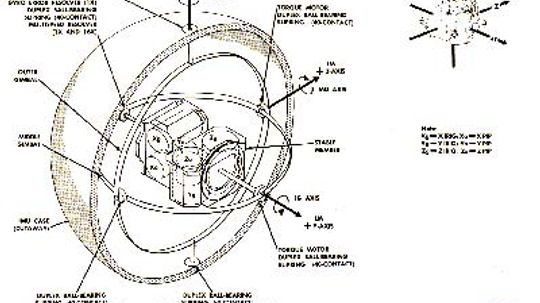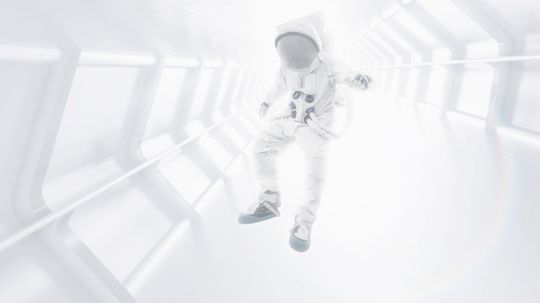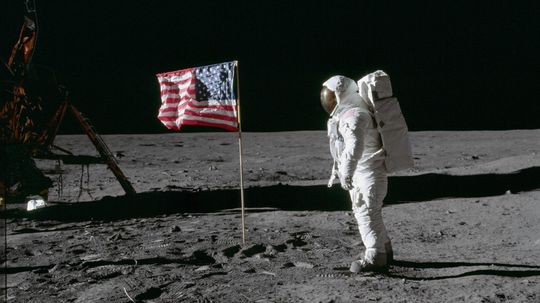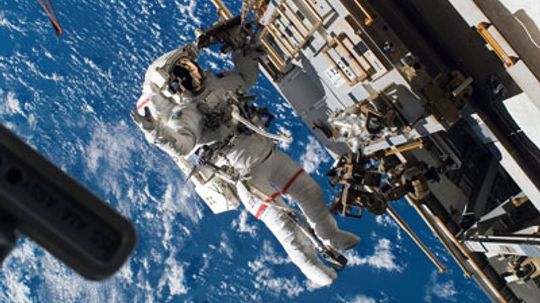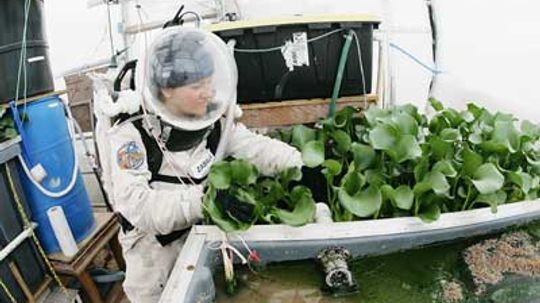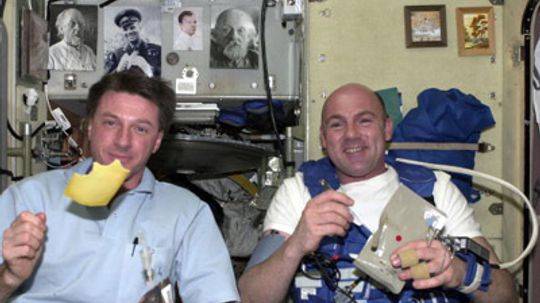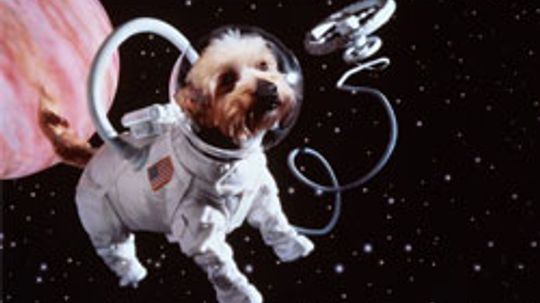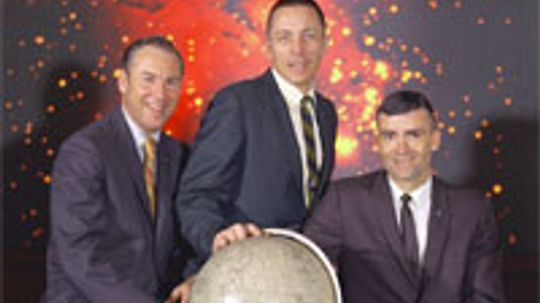Spaceflight
Spaceflight covers topics related to human presence in outer space. Learn about weightlessness, astronauts and space tourism in this section.
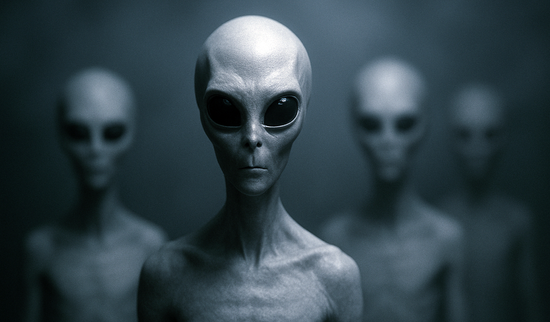
Tall Whites: The Classic Extraterrestrial Archetype
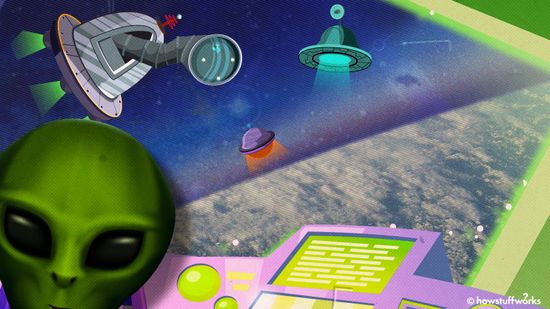
The Zoo Hypothesis: Are Aliens Watching Us Like Animals in a Zoo?
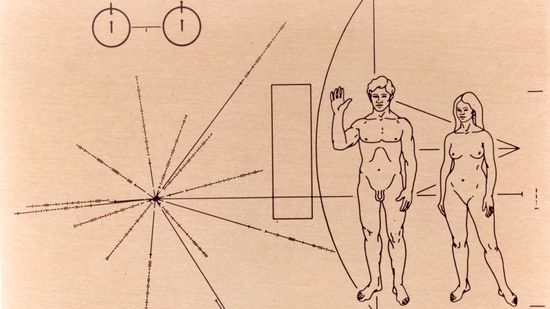
Communicating With Aliens Is Hard. Communicating With Alien AI Could Be Harder
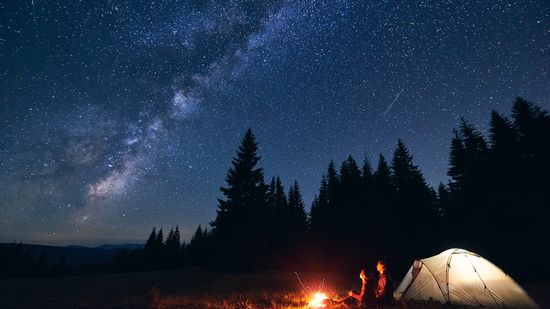
10 Types of Stars Blazing and Collapsing in Our Universe
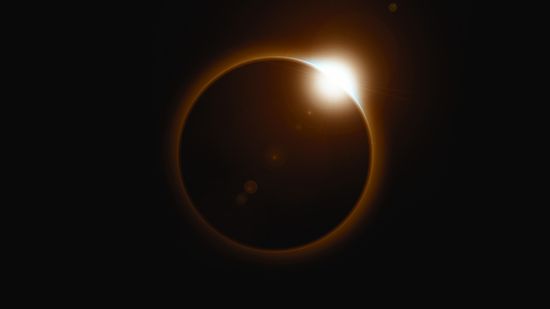
7 Types of Eclipses: Lunar, Solar and ... Hybrid?

Why a Geomagnetic Storm Makes for Pretty Skies and Tech Scares
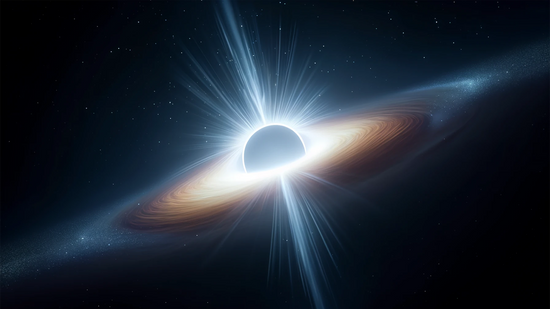
What Is a White Hole? Does the Cosmic Phenomenon Exist?
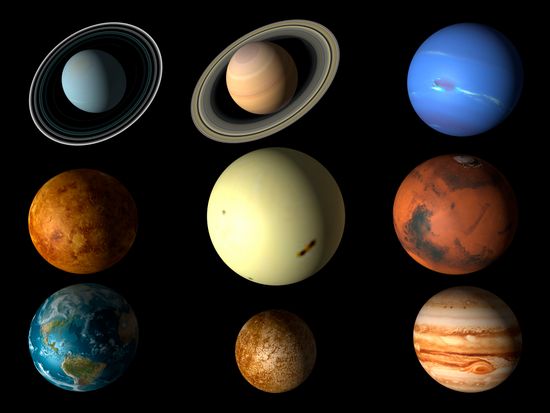
10 Best Ideas for Interplanetary Communication
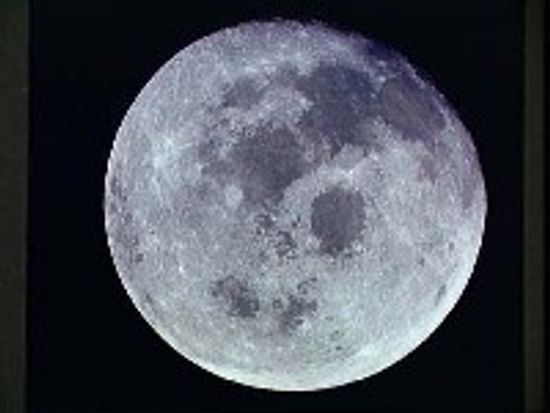
How can the moon generate electricity?
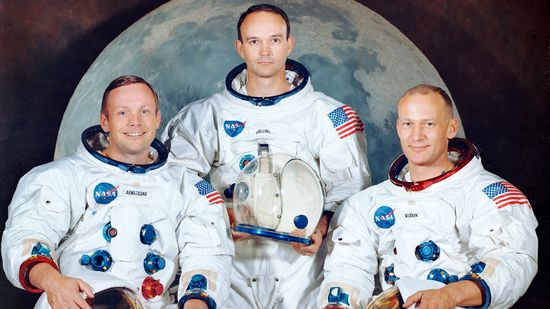
15 Famous Astronauts Who Expanded Our Universe
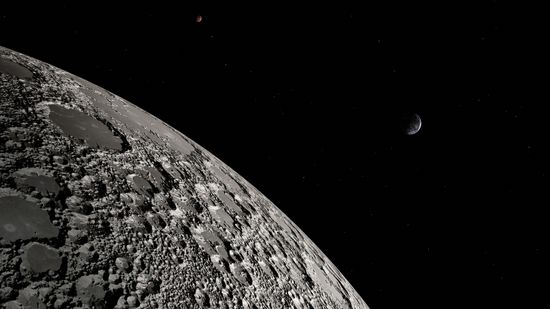
2023 India Moon Landing Was World's First at Lunar South Pole
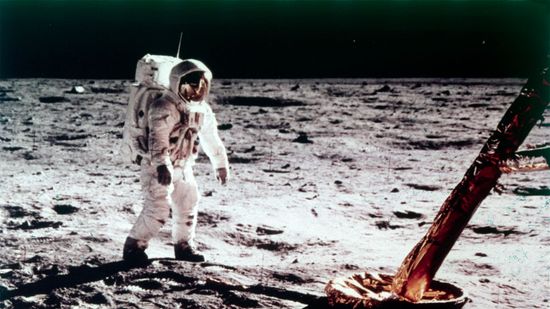
Quiz: Apollo 11, the First Moon Landing
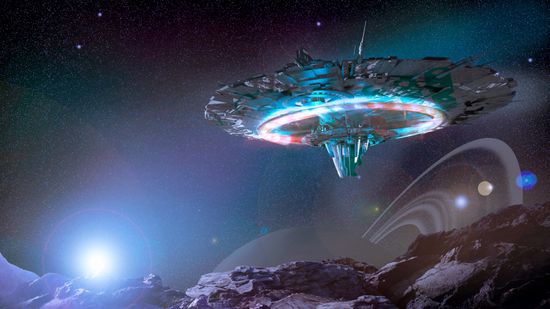
The Fastest Fictional Spaceships
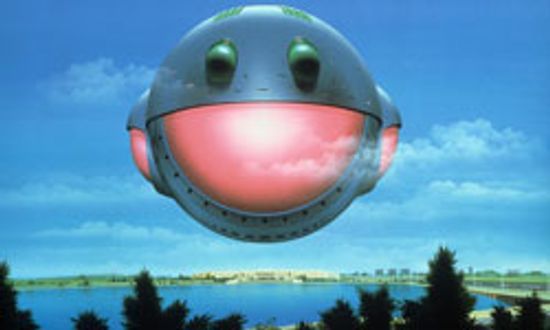
10 Fictional Spacecraft We Wish Were Real
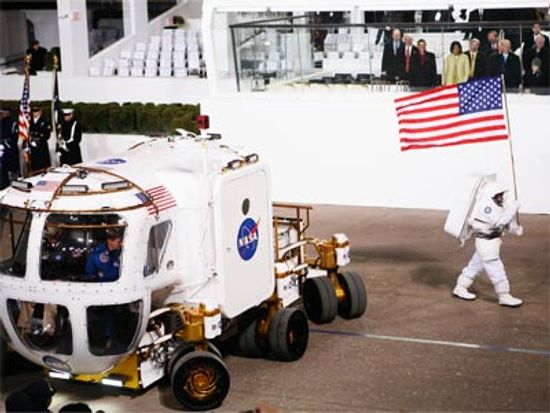
How Lunar Rovers Work
Learn More
Barry "Butch" Wilmore and Sunita "Suni" Williams are the two NASA astronauts that have been circulating in the news since becoming stranded on the International Space Station (ISS) in June 2024. After several obstacles, they returned to Earth on March 18, 2025.
By Mitch Ryan
He stood just 5 feet, 2 inches. But Gagarin cast an enormously long shadow in space exploration, both for his achievements and his mysterious death.
We're celebrating the 50th anniversary of Apollo 11's historic journey to the moon.
Advertisement
When there are 16 sunsets every day, getting some shut-eye becomes a bit of an issue. Do astronauts get through it with some warm milk as they float?
In the 1960s, space food was either cubed or tubed, and it wasn't very appetizing. Today's astronauts have a more palatable array from which to choose. Where is it developed?
Some people don't believe a man walked on the moon. Others still think the Earth is flat. Are the Illuminati preparing the Earth to become an alien colony?
Would you be able to hear the Starship Enterprise if it zipped past you in space? Would the destruction of the Death Star be completely silent?
Advertisement
Almost everyone dreams of floating effortlessly like astronauts in space. The Zero Gravity Corporation offers this experience to the public. Go inside G-FORCE-ONE to find out what it's like to somersault in zero gravity and how simulating weightlessness works.
We know who won - top-runner SpaceShipOne. We know what the team receives for that accomplishment: $10 million and an obscenely gigantic trophy. But what about the story behind the contest? Learn about the rules, restrictions, red tape, test crashes, successful launches and the technological innovations that may get you into sub-orbit sooner than you think.
By Lacy Perry
On September 18, 2006, Anousheh Ansari, a telecommunications entrepreneur, became the first female space tourist and the fourth space tourist overall. Could you be next? Find out what's in the works to get you to space.
By Kevin Bonsor
Like a firefighter or a rock star, an astronaut is one of those jobs kids say they want to have when they grow up. If you're still serious, we can tell you what it takes.
By William Harris & Sascha Bos
Advertisement
How long can a human survive in outer space? In science fiction movies, this seems to be an area of much creative license, with some people exploding instantly, and others surviving for nearly a minute without long-term ill effect. I read once that one's blood would boil, but I read elsewhere that this isn't true. So what is it?
We are seeing a lot more space suits now that the international space station is occupied. Learn how space suits work and why they cost $12 million each!
I would like to know how an astronaut, who is in a space suit for hours, can eat, drink and eliminate fluid- and solid-waste byproducts? What "mechanics" are built into the suit and how do they operate?
Blasting a spacecraft into space is one thing. Bringing it back in one piece is another. Spacecraft are likely to burn up into bits if they aren't specially insulated and designed for the ride.
By Jane McGrath
Advertisement
Believe it or not, to get to space and back, NASA relies on a piece of technology that's been around for centuries. Just what is a gimbal, anyway?
These outer space abodes will have to protect inhabitants from extreme temperatures, radiation and flying moon dust. One man is actually selling deeds for lunar property at $20 a pop. Seriously?
This passive-aggressive peacetime contest between the USSR and the U.S. unofficially ended with the U.S. moon landing. But the Soviets also touted a long list of space race accomplishments. Who won?
Kids from around the world flock to Huntsville, Ala., to attend Space Camp. What's so appealing about science class in the summer, and can a 40-year-old go to camp?
By Julia Layton
Advertisement
When astronauts talk moonwalking, they don't mean the Michael Jackson dance move. Spacewalks take an entire day of preparation -- and a 240-pound space suit.
By John Fuller
There's no livestock in space farming, but growing plants in space could allow for long-term exploration and settlements. And with this farm, you don't need to watch where you step.
How do you eat when you're in a low-gravity environment? Space programs have come up ingenious contraptions and packaging methods to make astronauts' meal times as normal as possible.
Neil Armstrong may have been the first man on the moon, but he wouldn't have gotten there without fruit flies, rhesus monkeys or a dog.
By John Fuller
Advertisement
Humans produce plenty of trash on Earth, but you might be surprised to learn how much we've managed to leave in space. What's floating around up there? And will it come crashing down on our heads?
By John Fuller
Astronauts risk their lives in the pursuit of science. How does NASA know who can be an astronaut? And what do they do when they're not in space?
